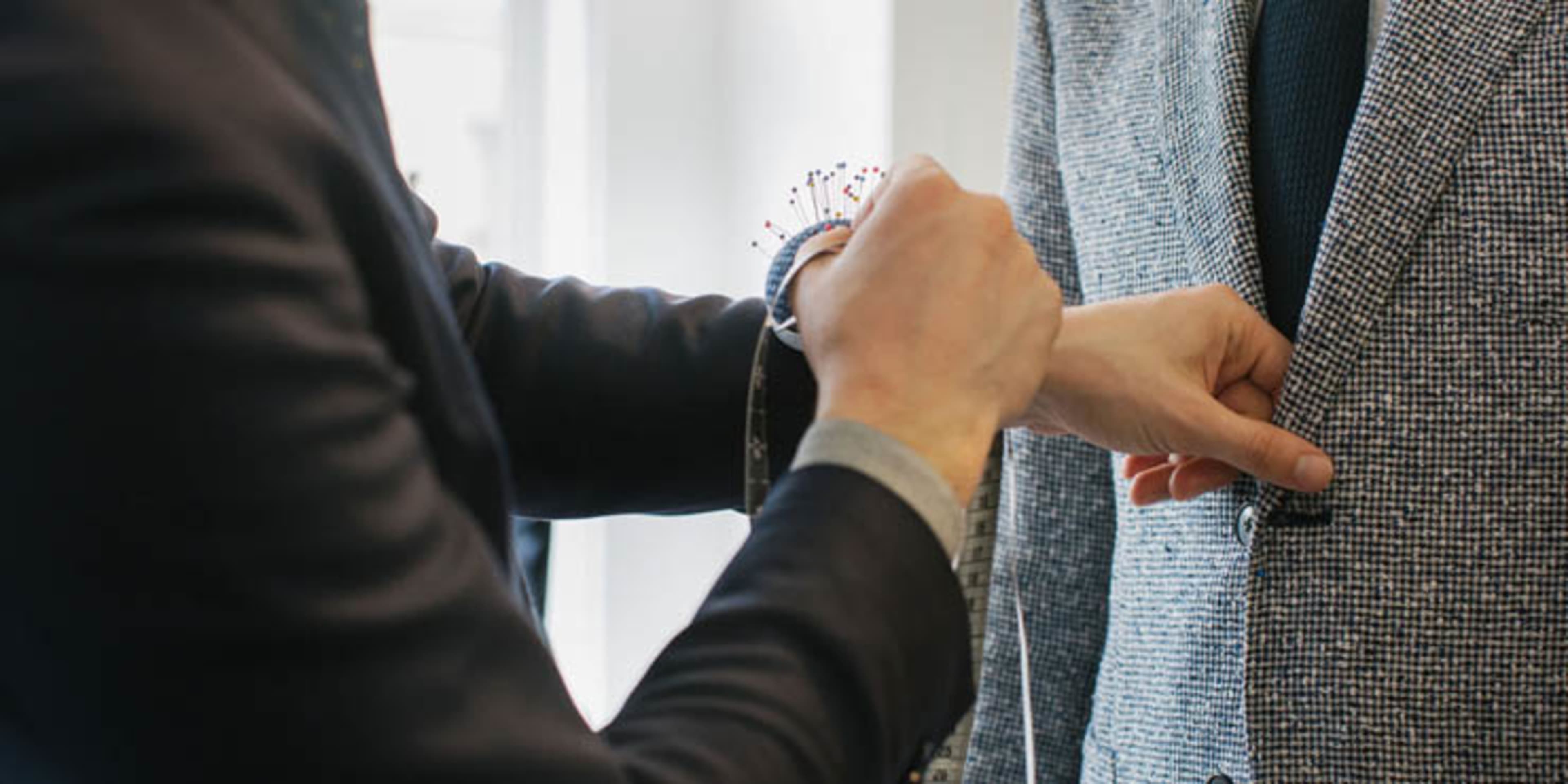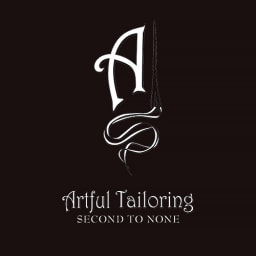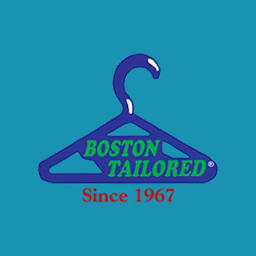
2024

Best Tailors
Find a Top-Ranked Tailor Near You
We did the research for you!
- Licensing
- User Reviews
- Mystery Shopping Calls
Learn about our selection process.
Top Tailors
= Featured Provider
New York, NY
Alan David Custom Tailors
New York, NY 10016Beyond Bespoke
New York, NY 10036Imparali
New York, NY 10017
Los Angeles, CA
Saverio Pisano Patternmaker and Tailor
Los Angeles, CA 90036Art Lewin Bespoke
Los Angeles, CA 90015George's Tailoring
Los Angeles, CA 90025
Chicago, IL
Uncommon Closet, LLC
3720 West Fullerton Avenue, Chicago, IL 60647The Dress Doctor
Chicago, IL 60611Tanya Taylor
Chicago, IL 60626
Houston, TX
Vintage Tailors
142 Vintage Park Boulevard, Houston, TX 77070Quality Custom Tailors
3801 Kirby Drive, Houston, TX 77098Memorial Tailors
Houston, TX 77055
Phoenix, AZ
Artful Tailoring
Phoenix, AZ 85016Brothers Tailors Custom Clothing & Tailoring
Phoenix, AZ 85032Alis Fashion Design
Scottsdale, AZ 85013
San Francisco, CA
Tailor Maid
San Francisco, CA 94102Roberto's Tailor in San Francisco
San Francisco, CA 94104Peter Panos
San Francisco, CA 94108
Austin, TX
League of Rebels
Austin, TX 78701Capra & Cavelli
Austin, TX 78731Chasnoff & Associates, Inc.
Austin, TX 78701
Boston, MA
Best Fit
Boston, MA 02116Boston Tailored
Boston, MA 02176Sturgis Cleaners
South Boston, MA 02127
Denver, CO
Machete & Sons
5650 Washington Street, Denver, CO 80216Master Tailors
349 South Colorado Boulevard, Denver, CO 80246TwentyOne01 Dry Cleaners
2101 Market Street, Denver, CO 80205
Seattle, WA
Seattle Thread Company
Kirkland, WA 98033Queen Anne Tailors
Seattle, WA 98109Jenny Manes Premier Bridal Design and Alterations
Seattle, WA 98199































